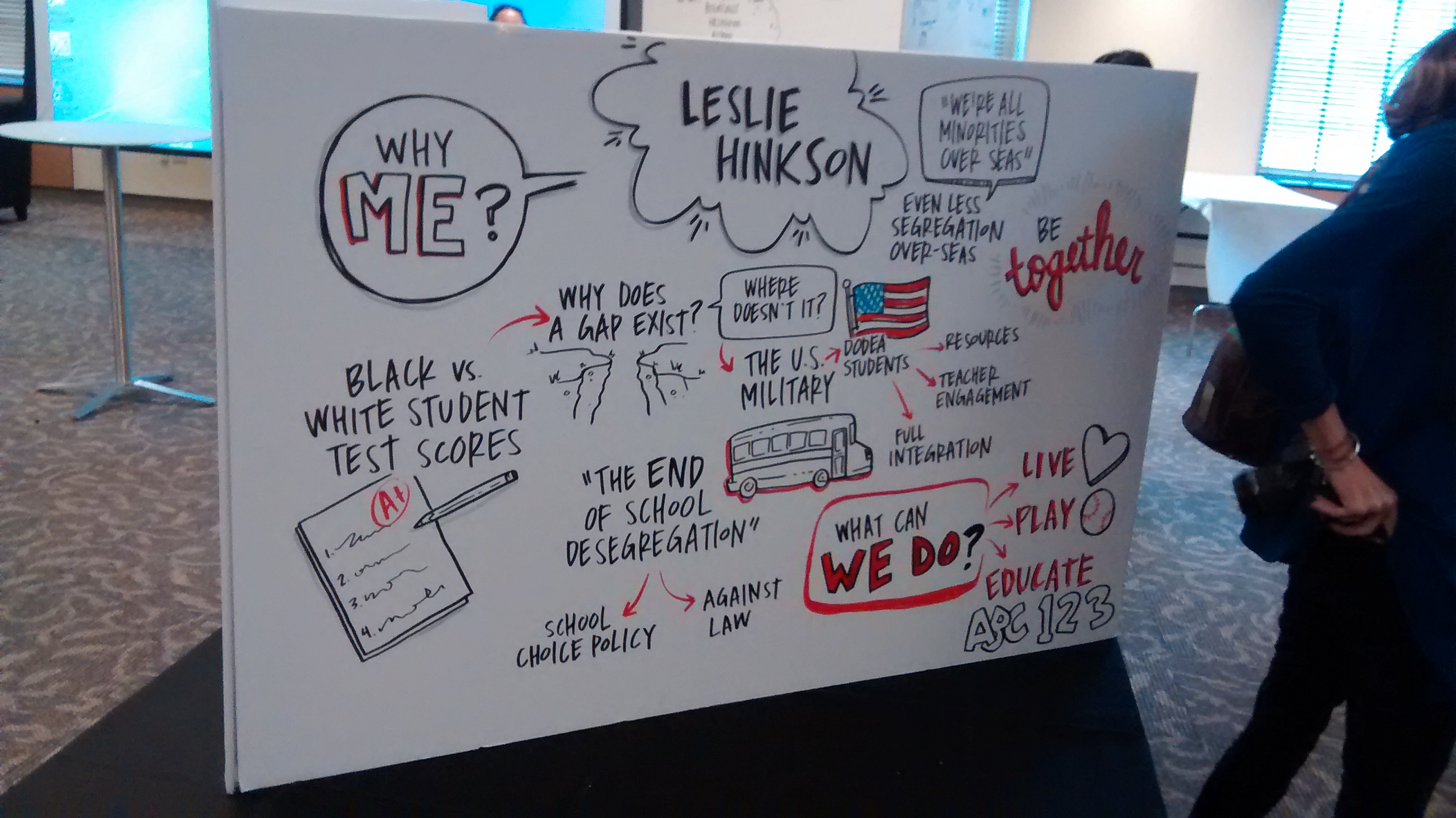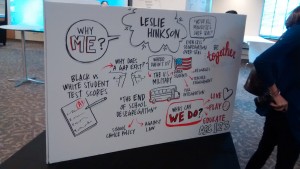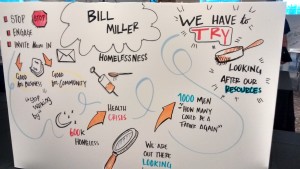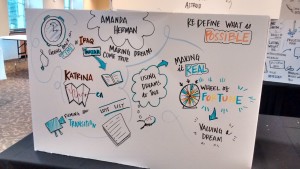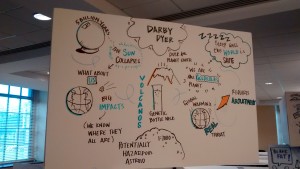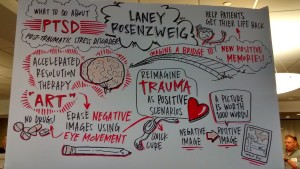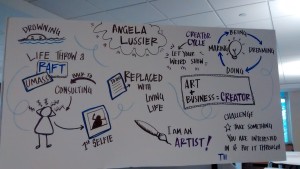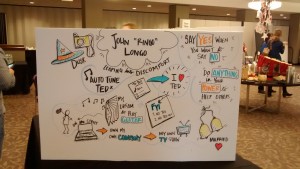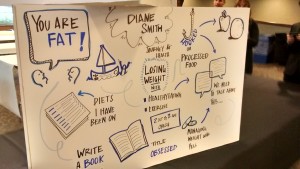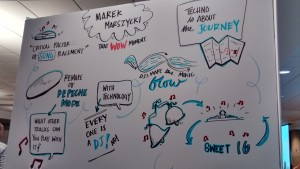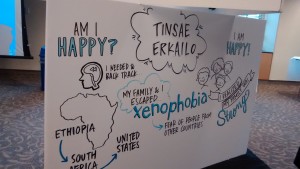What the US Could Learn from Chinese Rapid Transit

[This is the first of three observation posts about China. In the coming weeks, I expect to also look at westernization/managing rapid growth and dissent.]
On our recent trip to China, we explored three different cities by underground rapid transit. Shanghai and Xian call their system the metro, while in Beijing, it’s the subway.
By any name, the train system is a wonder. Signs and recorded announcements are bilingual and clear, all the exits are numbered, the trains are fast, frequent clean, and quiet—and crowded.
Xian has only two lines, in part because several digs to expand the system have unearthed archeological treasures. It will have three more in the coming years. Shanghai and Beijing have many more.
In cities as large as these (8 million to 25 million), keeping people out of cars is very much a public good, Traffic congestion is already a misery, as is pollution. Plus, rapid transit is far more environmentally benign than transporting even 1/4 as many via private cars. In other words, the more people can use the trains, the better it will be on the street. Thus, it’s no surprise that the trains are very inexpensive, and cover a lot of ground. The zoned systems cost just 3 yuan (about 40 cents) for the shortest distance in Beijing and Shanghai and only 2 yuan in Xian; in Beijing, at least, much of the city core seems to be in the first zone. A ride all the way to the Shanghai airport costs 7 yuan. Regular commuters can get reusable fare cards and pay even less.
In Beijing, the system extends some 30 or so miles out to the Great Wall and the Summer Palace, perhaps even farther in some directions. The maximum fare of 10 yuan is based on a distance of 92 to 112 kilometers; the airport train costs 25 yuan (about USD $4).
Advertisers are likely to be a factor in the low cost; they monetize their captive audiences; Shanghai and Beijing are the first subways I’ve ever encountered that redesigned the standee straps to fit ads, and also project ads on the walls of the tunnels as the trains pass through. Oddly, Shanghai had no ad placards in the usual place between the doors and the ceiling, though Beijing did.
To board a train, first you get your bags screened by the first of many security people you’ll encounter, then select the destination line from an electronic system map. At that point, you choose Chinese or English; select your station and number of passengers, insert your money, and take your farecard. Hold it over the turnstile sensor, enter, and either feed your ticket back to the turnstile or scan it (if you have more fares left) as you exit. Once on the platform, confirm the direction by checking the strip maps on the platform, which clearly show the stations yet to come.
On all three systems, at least some lines wall off the tracks from the platform, like an airport tram or an elevator (see picture above). Doors open in the wall when a train is docked. I was puzzled at this at first, as it seems an unnecessary expense and complexity. But then I thought about what rush hour might look like in a city of 24 or 25 million residents. With the walls, not only is litter eliminated as a safety hazard, but no one can fall or be pushed onto the tracks. However, in Beijing, several lines use open platforms, and their cars seem newer, so this experiment may be proving less-than-successful.
Western cities don’t face quite the daunting challenges of these megacities—but congestion, pollution, and resource use are definitely factors for urban planners. Here are a few principles they may want to borrow from the Chinese:
- Make the line user-friendly to both locals and tourists—use clear signage
- Keep it as affordable as possible
- Keep it clean (all three systems were spotless, and we’d often see cleaners working the platforms)
- Design the routes to bring people to the places they want and need to go, and run the trains often enough to keep up with demand
- Label every exit not only with street names (useless to visitors, for the most part) but also with a letter or number; then locals can give directions that begin with the right exit number.
It’s worth noting that Shanghai also has a very high-tech ultra-high-speed magnetic levitation (MagLev) train, which costs significantly more to use and apparently takes a great deal of energy to run. Top rated speed is 430km/h. We saw it from the highway, but were never in a position to try it out. You can take it from the airport for 50 yuan (about USD $8).
Shel Horowitz’s latest book, Guerrilla Marketing to Heal the World, shows how to turn hunger and poverty into sufficiency, war into peace, and catastrophic climate change into planetary balance—using the power of the profit motive.




